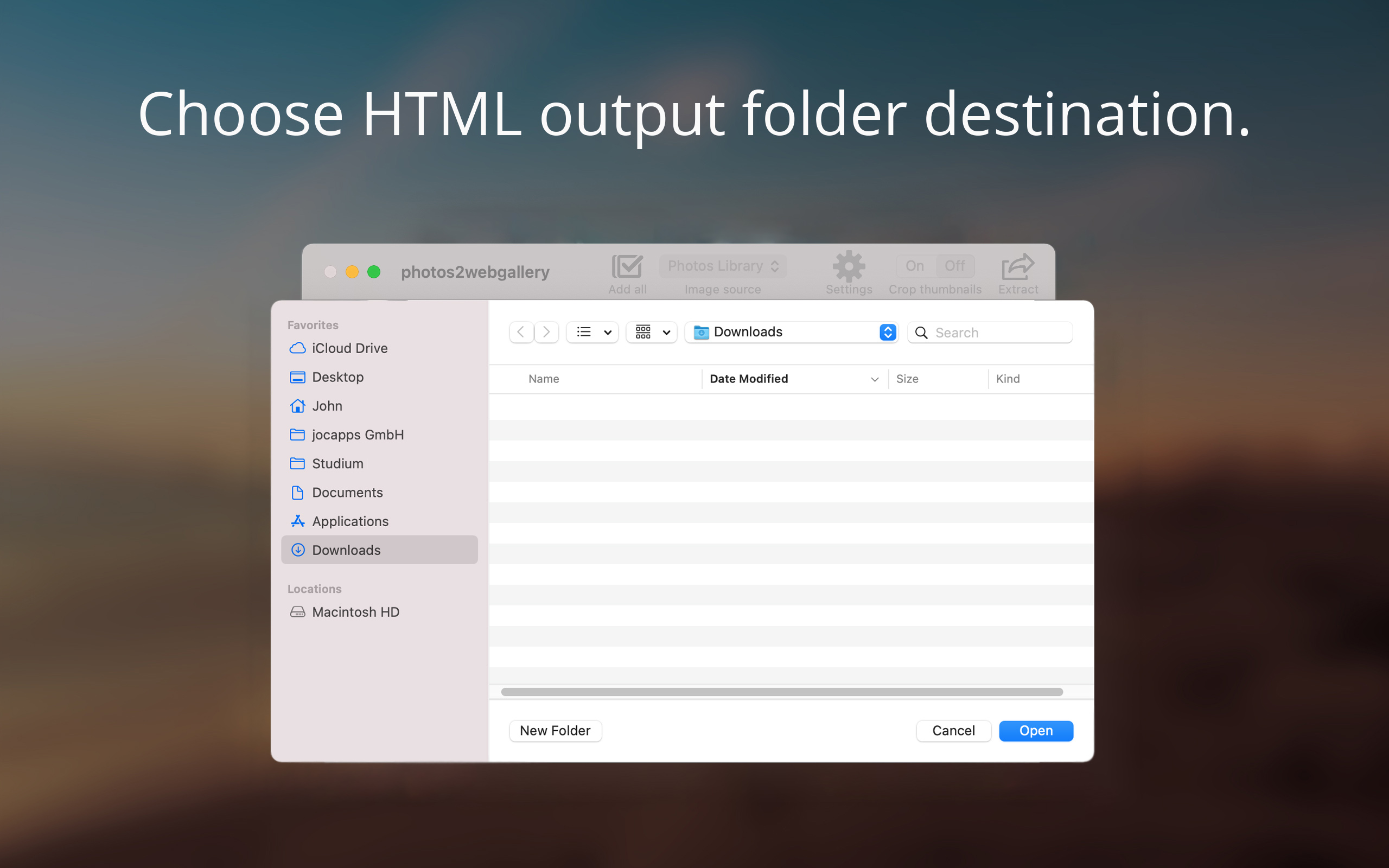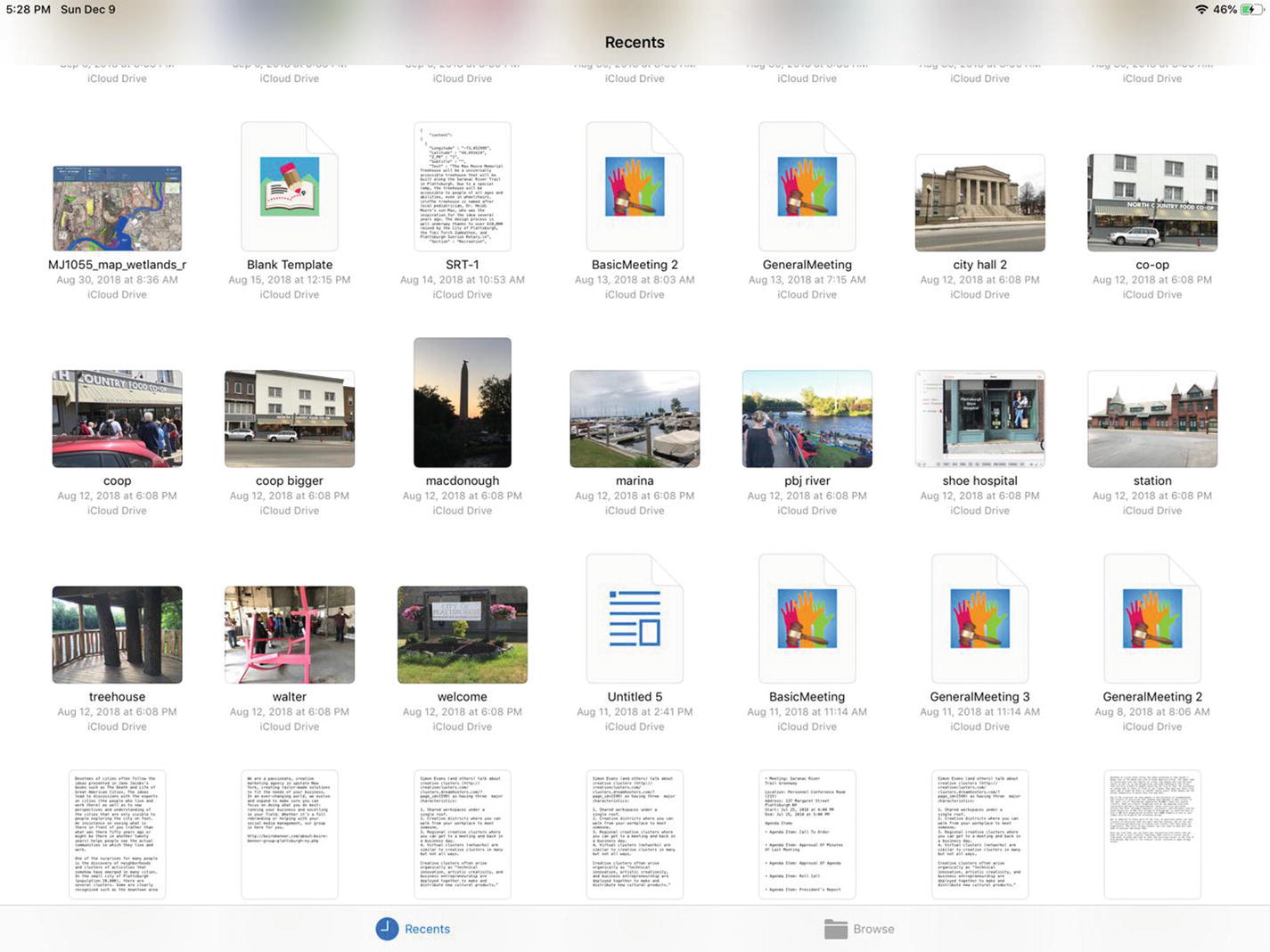

- #HOW TO GET PICTURES FROM ICLOUD TO HTML DOC FULL#
- #HOW TO GET PICTURES FROM ICLOUD TO HTML DOC FREE#
But the free ones are more than enough to put Google Docs comfortably on top of iCloud pages. The Google Docs Plugin Store in action - just search and add whatever you want. Whether it's to extend a document's default page length or check work for consistency, I almost always find something to suit my needs. You can perform many tasks that would not otherwise be possible with the default functions. Google Docs has built-in support for dozens of plugins.

But this is where Docs takes a significant advantage over its competitor. After all, they just run in a browser and are cut down to the bare essentials to run smoothly.

#HOW TO GET PICTURES FROM ICLOUD TO HTML DOC FULL#
Plugin supportīoth Google Docs and iCloud Pages are pretty basic compared to full word processors. I must admit that most iCloud page templates look great. That said, the free Pages templates are pretty hard to come by. However, they must first be uploaded to iCloud Drive manually. Yes, iCloud Pages also supports the use of additional templates. And when I log into Google Docs, all I have to do is click the 'Use template' or 'Make a copy' options after opening one, and I'm ready to start working on it. However, Docs outperforms Pages with its active support for third-party templates: and there are a lot. The Google Docs Template Gallery carefully classifies your templates by type. By default, both word processors have more than 50 templates including popular ones such as resumes, brochures, newsletters, meeting notes, and more. Fortunately, Google Docs and iCloud Pages don't disappoint in that department. They provide a much-needed head start, especially when you are short on time and have different types of documents to compose. Ready-made templates are vital in any word processor. For example, I can add new fonts quite easily, adjust zoom settings manually, etc., while iCloud Pages leaves me hanging with the default set. In addition, it also provides a certain degree of customization. With Docs, all the formatting options (font type, highlighting, text alignment, etc.) are available in a nifty toolbar at the top, making working with them a breeze. The formatting panel pushes the document to the left to make room for itself.


 0 kommentar(er)
0 kommentar(er)
